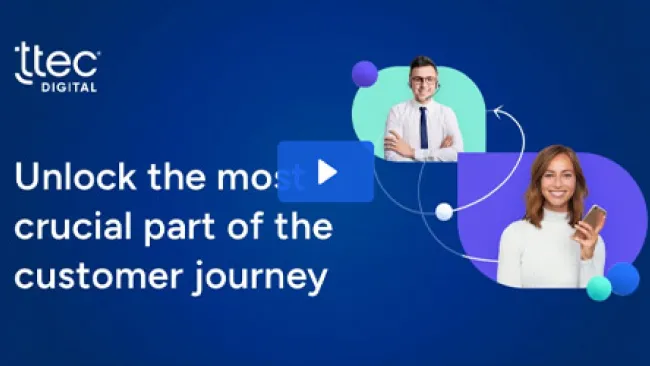One of the biggest executive challenges we hear is their struggle
to deliver products, services, and support in real time. Customers are impatient, they say, and will move on to a competitor if their real-time expectations aren’t addressed.
While this is true, it’s not a new phenomenon. Domino’s Pizza launched its 30-minute guarantee delivery campaign in 1984. FedEx’s first overnight deliveries began in 1973. And many tales have been woven about the Pony Express, which used a horseback relay system to deliver mail to California before cross-country railroads were complete.
Some real-time initiatives look great on paper, but in practice they don’t quite work out. Domino’s scrapped its guarantee in the early 1990s after numerous car accidents by delivery drivers. Target got heat from consumers when it sent coupons for baby items to expectant mothers who hadn’t yet shared the news with their families. And Microsoft and Coca-Cola suspended automated artificial intelligence (AI) Twitter bots after they were manipulated into posting racist and hateful phrases.
This issue of the Customer Strategist looks at the reality of real-time interactions. What works, what doesn’t, and what do customers actually expect? After all, “real time” can mean different things to different companies. Executives from Discover Financial, Royal Caribbean, and Mastercard discuss how they’re tackling the issue with in-app messaging, social media outreach, and C-suite strategies. We examine the myths and realities of working with artificial intelligence and augmented reality, and how slight changes in customer handle time expectations can greatly improve contact center costs and customer satisfaction.
Real-time interaction is a wonderful aspiration where companies should focus their attention. The key is keeping the customer experience at the heart of the matter, so real time won’t go wrong.















